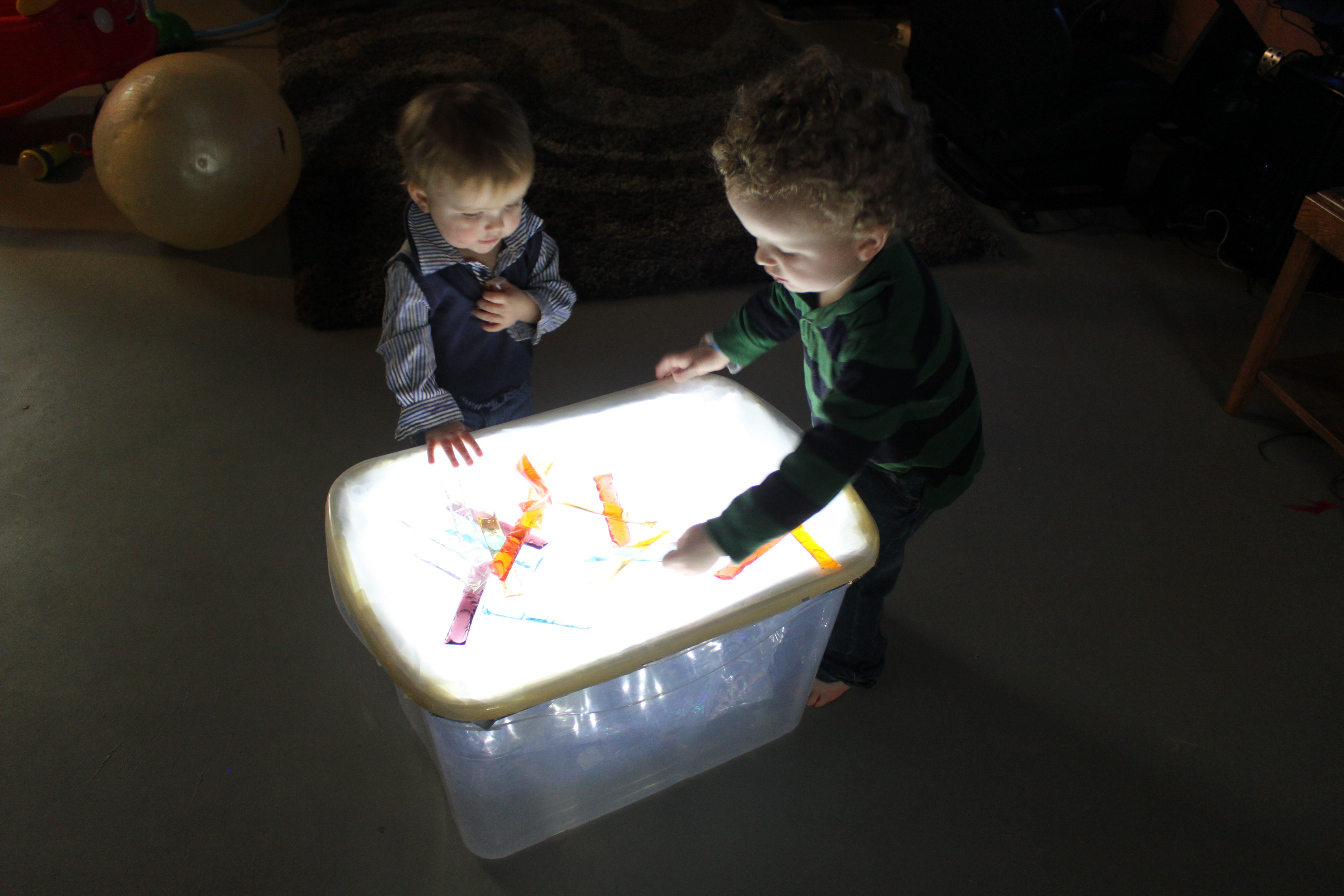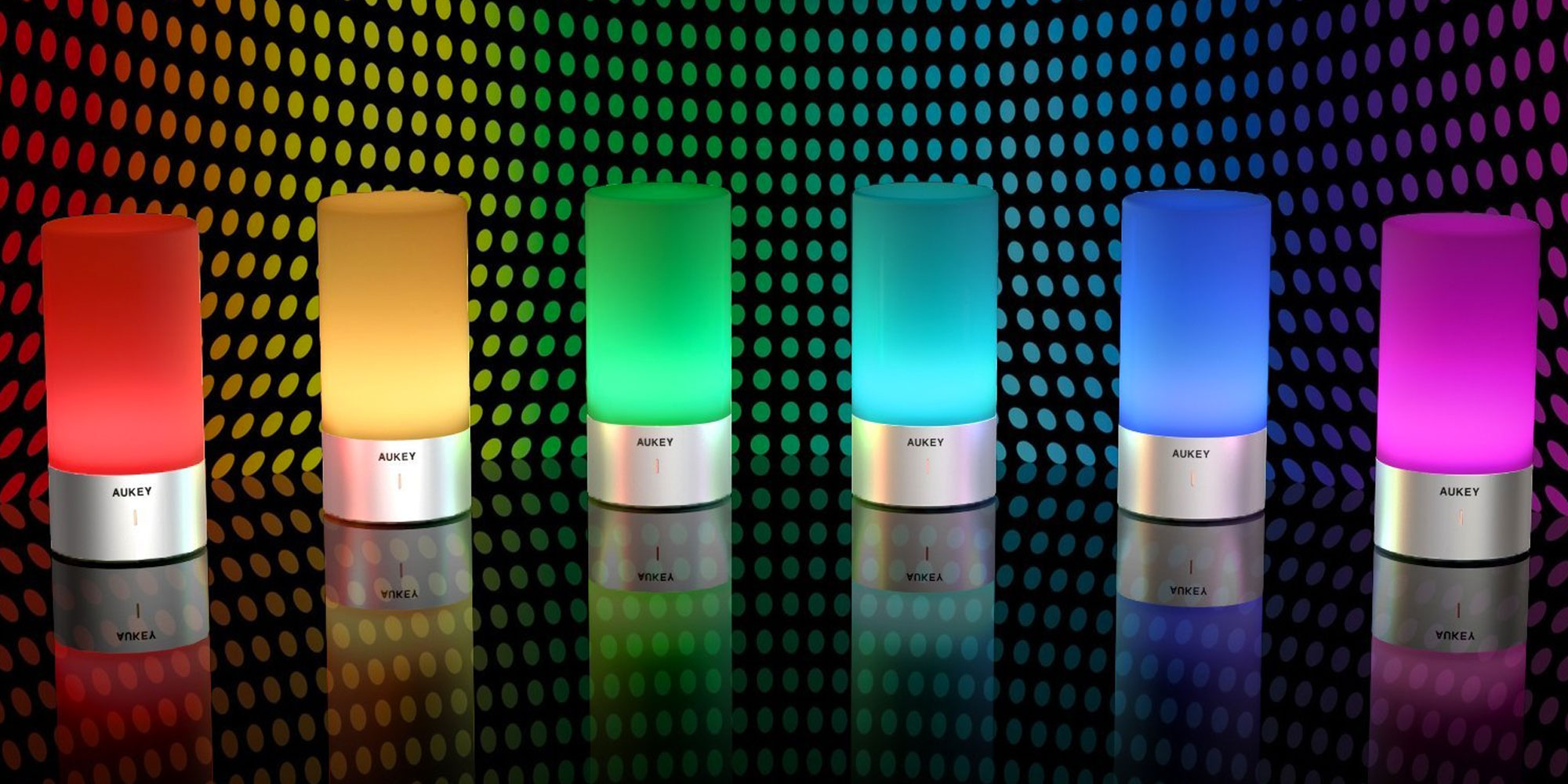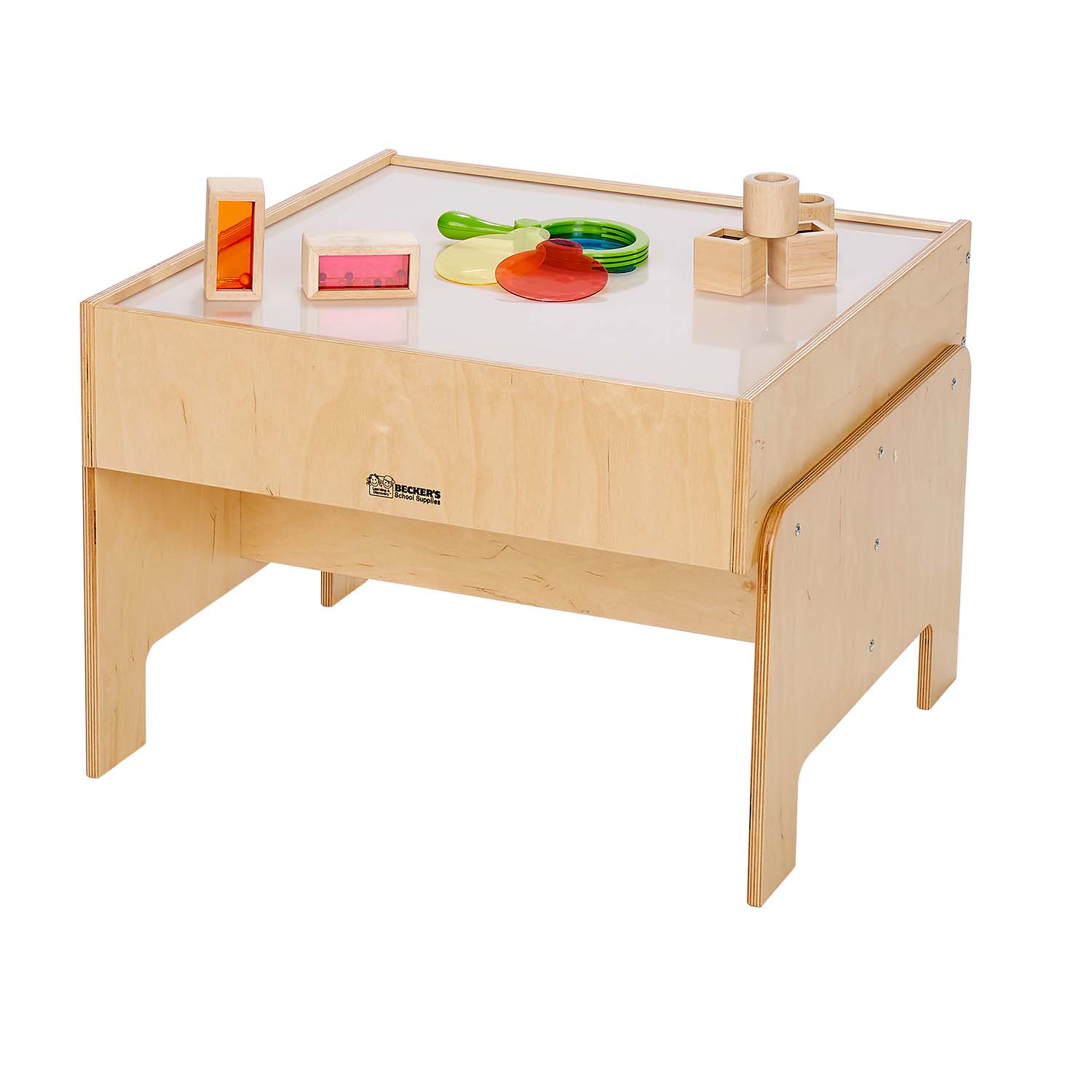
He released the worm from MIT, rather than from Cornell. Morris' computer worm was developed in 1988, while he was a graduate student at Cornell University. This led to him being indicted a year later.Īfter serving his conviction term, he returned to Harvard to complete his Doctor of Philosophy (Ph.D.) under the supervision of H.T. During his first year there, he designed a computer worm (see below) that disrupted many computers on what was then a fledgling internet. Morris attended Harvard University, and later went on to graduate school at Cornell University. Morris grew up in the Millington section of Long Hill Township, New Jersey, and graduated from Delbarton School in 1983. The senior Robert Morris was a computer scientist at Bell Labs, who helped design Multics and Unix and later became the chief scientist at the National Computer Security Center, a division of the National Security Agency (NSA).

Morris was born in 1965 to parents Robert Morris and Anne Farlow Morris. He was elected to the National Academy of Engineering in 2019. He later joined the faculty in the department of Electrical Engineering and Computer Science at the Massachusetts Institute of Technology (MIT), where he received tenure in 2006. He went on to cofound the online store Viaweb, one of the first web applications, and later the venture capital funding firm Y Combinator, both with Paul Graham. Morris was prosecuted for releasing the worm, and became the first person convicted under the then-new Computer Fraud and Abuse Act (CFAA). He is best known for creating the Morris worm in 1988, considered the first computer worm on the Internet. Robert Tappan Morris (born November 8, 1965) is an American computer scientist and entrepreneur.
DRCHRONO LIGHTTABLE PLUS
§ 1030, the Computer Fraud and Abuse Act (CFAA), Maģ years of probation, 400 hours of community service, and fines of $10,050 plus costs of his supervision "To demonstrate the inadequacies of current security measures on computer networks by exploiting the security defects that Morris had discovered." You can filter images by color label in the collections module.Entrepreneur, professor at Massachusetts Institute of Technology, partner at Y Combinator To remove all labels from the selected images, press the gray button. To toggle the color labels of one or more images, select the desired images in the lighttable or filmstrip and then press the appropriate shortcut key or click the corresponding color button in the bottom panel. You can set the color labels for a single image by hovering your cursor over the thumbnail and pressing the function keys F1 – F5, which correspond with the labels in the order given above. Each image can carry any combination of one or more color labels (red, yellow, green, blue, or purple). 🔗color labelsĬolor labels are another way to classify images, and can be used as an alternative to star ratings or to work alongside them. You can filter images by star rating in the top panel. To rate multiple images at once, select those images in the lighttable or filmstrip and then press the appropriate shortcut key, or click the desired star rating in the bottom panel of the lighttable view. This behavior can be changed in preferences > lighttable. Similarly you can click the first star for a second time to reset the image rating to unranked, or zero stars.

Click the x to reject.Īs rejecting an image removes the currently-applied star rating, you can undo the rejection by clicking x or pressing R again. You can also directly click on the star icons that are overlaid on the thumbnails or in the bottom panel. This is probably the fastest way to rate your images on first inspection of a film roll. While hovering the cursor over an image thumbnail, you can press a number key 0 – 5 to define the number of stars, or press R to “reject” an image. There are several ways to change a rating. You can also mark an image as “rejected”.

Whenever you import images, each image receives a default rating which you can define in the import module.

You can give an image a rating from zero to five stars. An image’s star rating and color labels can be displayed over thumbnails in the lighttable view and filmstrip module. Star ratings and color labels help you to sort and rank images according to your own criteria.


 0 kommentar(er)
0 kommentar(er)
